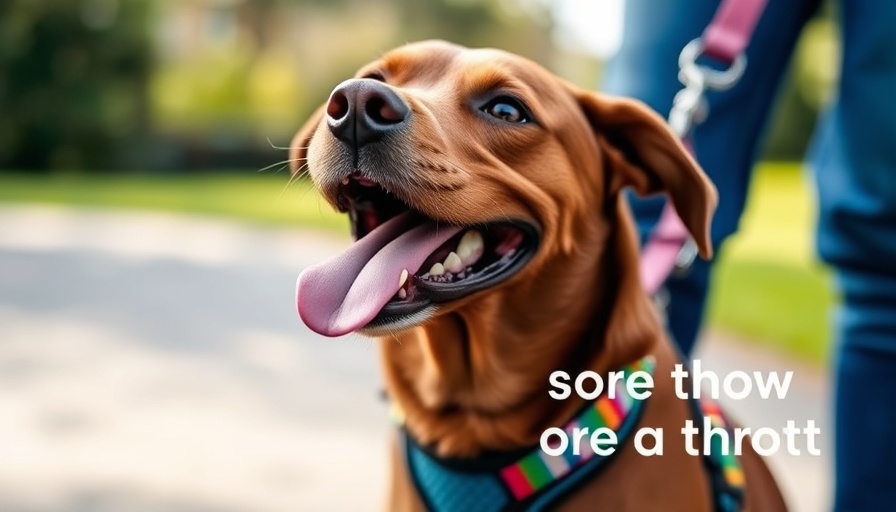
Understanding Cobbing: An Endearing Canine Behavior
Cobbing in dogs, often described as gentle nibbling or chewing, involves your furry friend playfully using their front teeth to show affection. Often, this behavior can manifest when your dog is relaxed, just like the time they might curl up against you for a cozy cuddle. Rather than a negative action, cobbing is generally a charming aspect of how dogs express love and trust. For many dog owners, cobbing is a gentle reminder of the bond shared with their pets.
Why Do Dogs Choose to Cobb?
The reasons behind cobbing are multifaceted. Puppies and adult dogs alike may engage in this delightful behavior for varied motivations:
- To Show Affection: Just as humans might use hugs or hand-holding to express feelings, dogs utilize nibbling as a form of affection. It’s a gentle reminder of their love!
- To Get Attention: Dogs are social creatures, and if they’re receiving little attention, cobbing acts as a harmless alarm bell to draw our focus.
- For Playfulness: Many dogs initiate cobbing as an invitation to engage in play. The action can serve as their quirky way of saying, "Let’s play together!"
- To Alleviate Stress: Dogs may cob to comfort themselves, especially in contexts of anxiety. If their behavior escalates, it could be a sign they’re feeling overwhelmed.
Is Cobbing Always a Positive Sign?
Cobbing, in most cases, symbolizes affection and happiness; however, pet owners need to be vigilant. Excessive or aggressive cobbing is an indicator that a dog might be experiencing stress or boredom. Understanding the context and frequency of the behavior is essential for every dog caregiver.
Cobbing and Interactions with Other Pets
When dogs exhibit cobbing behavior towards other pets, such as cats, supervision is crucial. Most dogs bond well with their feline friends, but if the intensity of cobbing appears too strong, it’s essential to monitor their interactions closely. Ensure the cat is comfortable and that the dog is respecting the boundaries of other pets.
Managing Excessive Cobbing Behavior
If you notice your dog’s cobbing taking a turn towards excessive or aggressive behavior, there are various strategies to redirect this action. Training methods such as disruption with a chew toy or gentle verbal commands can be effective. Encouraging positive play through more suitable toys can help relieve built-up energy or anxiety.
Identifying Signs to Seek Help
Not all cobbing indicates affection. If pet owners observe their dogs frequently showing signs of anxiety or compulsive nibbling, it might be wise to speak with a dog trainer or behaviorist. Sometimes, underlying medical issues could contribute to these changes in behavior, making veterinary consultation a necessary step for clarification.
Conclusion: Celebrating the Quirks of Canine Behavior
Cobbing can be an endearing quirk that showcases the unique relationships between dogs and their families. Understanding its purpose helps pet owners appropriately respond to this behavior, cultivate their bond with their dogs, and elevate their companionship. While most cobbing is harmless, maintaining awareness of its frequency and context is vital for well-being. Encourage the affection behind cobbing, and enjoy the love your furry friend displays through these gentle gestures!
 Add Row
Add Row  Add
Add 




Write A Comment